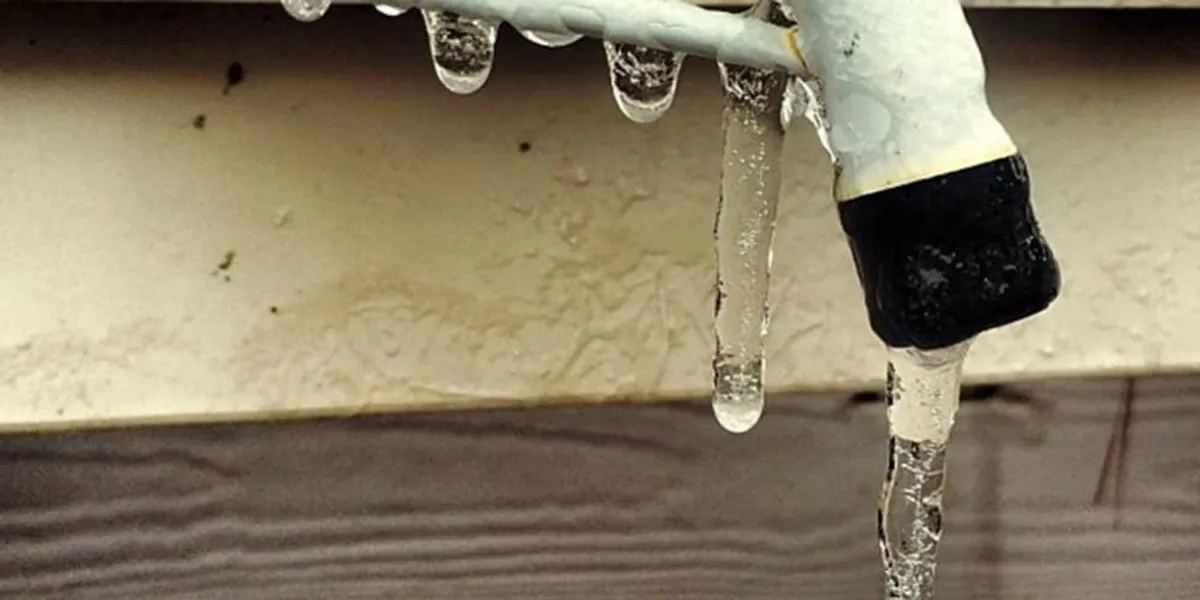Crucial Advice to Avoid Frozen Pipes in Cold Weather
Crucial Advice to Avoid Frozen Pipes in Cold Weather
Blog Article
Are you currently looking for details on How to prepare your home plumbing for winter weather?

Cold weather can ruin your pipes, especially by freezing pipes. Below's exactly how to stop it from happening and what to do if it does.
Intro
As temperature levels decrease, the threat of icy pipelines boosts, potentially bring about expensive fixings and water damages. Comprehending exactly how to avoid icy pipelines is critical for homeowners in chilly climates.
Recognizing Icy Pipes
What creates pipes to freeze?
Pipelines freeze when subjected to temperature levels listed below 32 ° F (0 ° C) for expanded durations. As water inside the pipes ices up, it increases, putting pressure on the pipeline wall surfaces and possibly causing them to burst.
Threats and damages
Frozen pipes can result in water system interruptions, property damages, and expensive repair work. Burst pipes can flooding homes and cause comprehensive structural damages.
Signs of Frozen Pipes
Identifying icy pipes early can avoid them from bursting.
Exactly how to recognize icy pipelines
Search for lowered water circulation from taps, unusual smells or sounds from pipelines, and noticeable frost on exposed pipes.
Prevention Tips
Shielding vulnerable pipes
Cover pipes in insulation sleeves or make use of warmth tape to protect them from freezing temperatures. Concentrate on pipelines in unheated or external areas of the home.
Home heating methods
Keep indoor rooms adequately heated up, particularly locations with pipes. Open closet doors to allow warm air to circulate around pipelines under sinks.
Securing Exterior Pipes
Yard pipes and exterior taps
Disconnect and drain pipes garden hoses prior to winter. Mount frost-proof faucets or cover outside taps with insulated caps.
What to Do If Your Pipelines Freeze
Immediate activities to take
If you think frozen pipes, maintain faucets open up to soothe pressure as the ice melts. Utilize a hairdryer or towels soaked in warm water to thaw pipelines gradually.
Long-Term Solutions
Structural adjustments
Consider rerouting pipelines far from outside wall surfaces or unheated areas. Include extra insulation to attics, basements, and crawl spaces.
Upgrading insulation
Invest in premium insulation for pipelines, attic rooms, and wall surfaces. Appropriate insulation assists keep constant temperature levels and decreases the danger of icy pipelines.
Final thought
Preventing icy pipes calls for aggressive procedures and fast responses. By understanding the causes, indicators, and safety nets, house owners can safeguard their plumbing during winter.
5 Ways to Prevent Frozen Pipes
Drain Outdoor Faucets and Disconnect Hoses
First, close the shut-off valve that controls the flow of water in the pipe to your outdoor faucet. Then, head outside to disconnect and drain your hose and open the outdoor faucet to allow the water to completely drain out of the line. Turn off the faucet when done. Finally, head back to the shut-off valve and drain the remaining water inside the pipe into a bucket or container. Additionally, if you have a home irrigation system, you should consider hiring an expert to clear the system of water each year.
Insulate Pipes
One of the best and most cost-effective methods for preventing frozen water pipes is to wrap your pipes with insulation. This is especially important for areas in your home that aren’t exposed to heat, such as an attic. We suggest using foam sleeves, which can typically be found at your local hardware store.
Keep Heat Running at 65
Your pipes are located inside your walls, and the temperature there is much colder than the rest of the house. To prevent your pipes from freezing, The Insurance Information Institute suggests that you keep your home heated to at least 65 degrees, even when traveling. You may want to invest in smart devices that can keep an eye on the temperature in your home while you’re away.
Leave Water Dripping
Moving water — even a small trickle — can prevent ice from forming inside your pipes. When freezing temps are imminent, start a drip of water from all faucets that serve exposed pipes. Leaving a few faucets running will also help relieve pressure inside the pipes and help prevent a rupture if the water inside freezes.
Open Cupboard Doors
Warm your kitchen and bathroom pipes by opening cupboards and vanities. You should also leave your interior doors ajar to help warm air circulate evenly throughout your home.

I found that entry about 6 Ways to Prevent Frozen Pipes when doing a search on the internet. Are you aware of another individual who is very much interested in the topic? Be sure promote it. I recognize the value of your readership.
Request A Quote Report this page